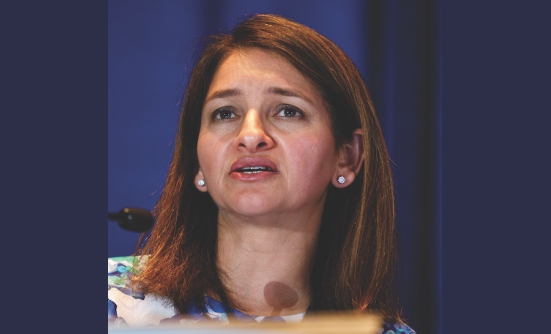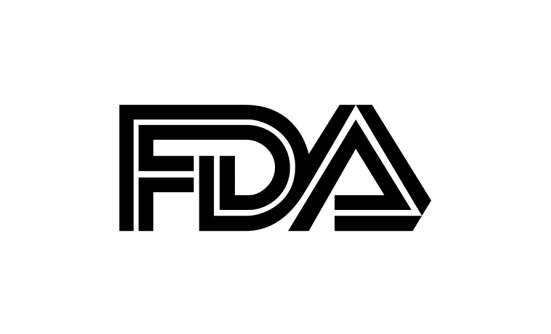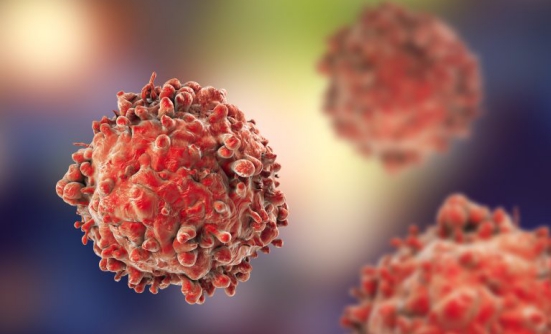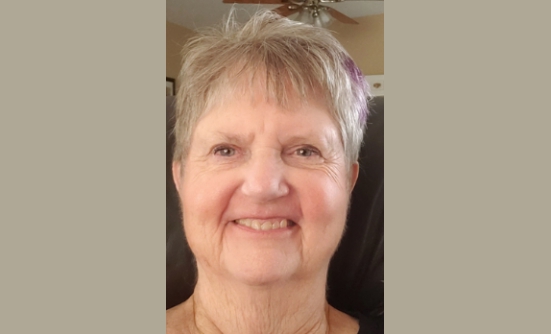Multiple myeloma is increasingly being recognized and treated not as one type of blood cancer, but as many. Patients with multiple myeloma can be broadly categorized into standard-risk, intermediate-risk, or high-risk disease, and where patients fit within this disease classification influences their response to treatment, the risk of disease relapse (coming back), and death.

High-risk disease can be identified, and in certain cases specifically targeted by drugs, but, according to Noopur S. Raje, MD, Director of the Center for Multiple Myeloma at Massachusetts General Hospital Cancer Center, Boston, treating patients with relapsed, high-risk multiple myeloma remains an area that needs improvement.
Novel therapies that are currently being studied for multiple myeloma have shown great promise in the treatment of relapsed disease.
“What we have always referred to as a chronic disease, we are hoping to get to a curative platform very soon,” Dr. Raje said at the 2021 ASCO Annual Meeting, discussing the current treatment landscape for patients with high-risk relapsed multiple myeloma.
Multiple myeloma can be classified as high risk at diagnosis, or when the disease returns after treatment, “but it’s important to recognize that patients with high-risk disease can acquire more genetic mutations along the way,” she added.
High-Risk Relapsed Disease
For patients with relapsed multiple myeloma, features that classify as high risk include early disease relapse (less than 1 year after having a stem-cell transplant or the start of their most recent therapy), having the 17p deletion genomic abnormality, or the presence of extramedullary disease, which tends to make treatment more challenging.
“The challenge in the setting of high-risk relapsed multiple myeloma is that most treatments we use tend to become less effective, with the duration of responses decreasing over time,” Dr. Raje explained.
These patients often have end-organ damage in extramedullary disease, and most patients, even when their disease first relapses, are likely not responding to standard treatment with the immunomodulatory drug Revlimid (lenalidomide) or with a proteasome inhibitor, such as Velcade (bortezomib).
Treating high-risk multiple myeloma is not that different from treating other patients with this type of blood cancer. The goals of treatment should be focused on:
- Reducing symptoms
- Reaching a durable response to treatment
- Using the best drugs available at any given time (rather than reserving them for later, since patients may be lost to treatment)
- Always considering the option of enrolling the patient in a clinical trial.
Current Treatment Strategies
In clinical trials of patients with relapsed multiple myeloma that have compared 3 drugs (triplets) versus 2 drugs (doublets), 3-drug combinations have always been superior.
“Triplets are better than doublets, no matter which trial you look at,” Dr. Raje said. “And 4-drug regimens are now under investigation, such as [Darzalex] daratumumab, [Kyprolis] carfilzomib, [Pomalyst] pomalidomide, and dexamethasone; or [Empliciti] elotuzumab, pomalidomide, bortezomib, and dexamethasone—and these are actually quite important, specifically in the setting of high-risk relapsed or refractory disease,” she added.
Another promising drug in relapsed multiple myeloma is Xpovio (selinexor).
“Selinexor is now being used in different combinations, and the beauty of that is that you can lower its dose,” she said. “By doing that, you’re able to mitigate the GI [gastrointestinal] toxicity so often seen with this drug.”
Other novel drugs now being investigated for relapsed multiple myeloma include iberdomide and melflufen, which are each also being studied in combination with other drugs.
Targeting BCMA
According to Dr. Raje, in the future doctors will be making treatment decisions based on specific mutations, such as using a BRAF inhibitor for a patient with multiple myeloma and a BRAF mutation, as well as using a BCL2 inhibitor with Venclexta (venetoclax) for patients with high BCL2 expression.
“But I think one of the most exciting parts of treatment modalities in multiple myeloma is targeting the B-cell maturation antigen [BCMA],” Dr. Raje emphasized.
In August 2020, the FDA approved the first BCMA therapy, Blenrep (belantamab mafodotin), an antibody-drug conjugate, for the treatment of patients with relapsed or refractory multiple myeloma, after 4 or more previous lines of therapy.
Targeting BCMA can be done in a variety of ways, and drugs in this category include antibody-drug conjugates, such as belantamab mafodotin, as well as CAR T-cell therapy, and bispecific and T-cell engager antibodies.
CAR T-Cell Therapies
“CAR T-cell therapies have certainly changed the landscape quite dramatically. They are now being used because of very high response rates, even at diagnosis and early relapse,” Dr. Raje said.
In March 2021, the FDA approved the first CAR T-cell therapy, Abecma (idecabtagene vicleucel), for the treatment of patients with relapsed or refractory multiple myeloma after 4 or more previous lines of therapy.
Several clinical trials are currently ongoing with new CAR T-cell therapies, which have shown high response rates in relapsed or refractory multiple myeloma. Dr. Raje said that these CAR T-cell therapies are in different stages of development, so it’s still too early to know the differences among them; so far, only 1 has been approved by the FDA.
Supportive, Palliative Care
Dr. Raje stressed that supportive care remains important in multiple myeloma, even in patients with relapsed disease, and should include preventive treatments against shingles, blood clots, and infections.
“And other things, which I cannot underscore enough, include the use of palliative care, social work, physical therapy, and rehabilitation,” Dr. Raje concluded.















